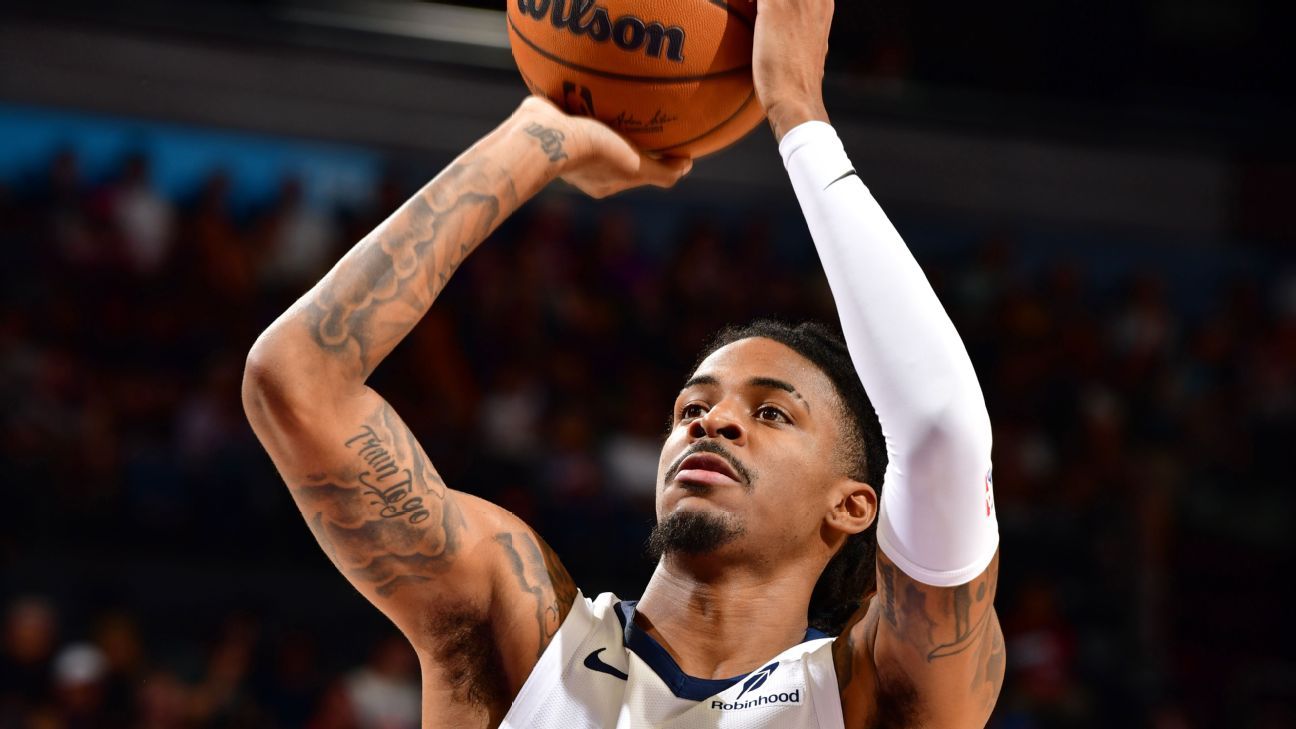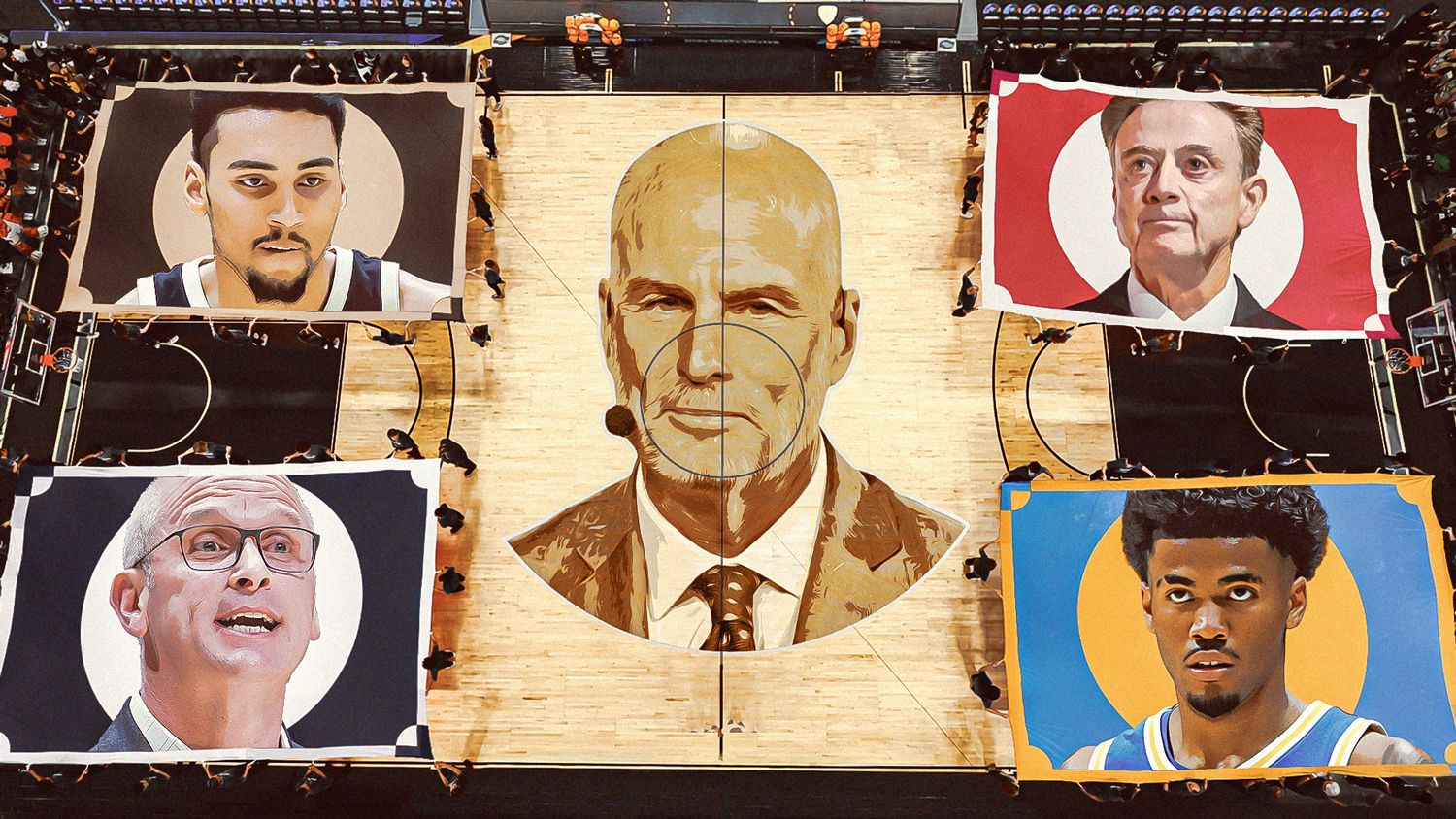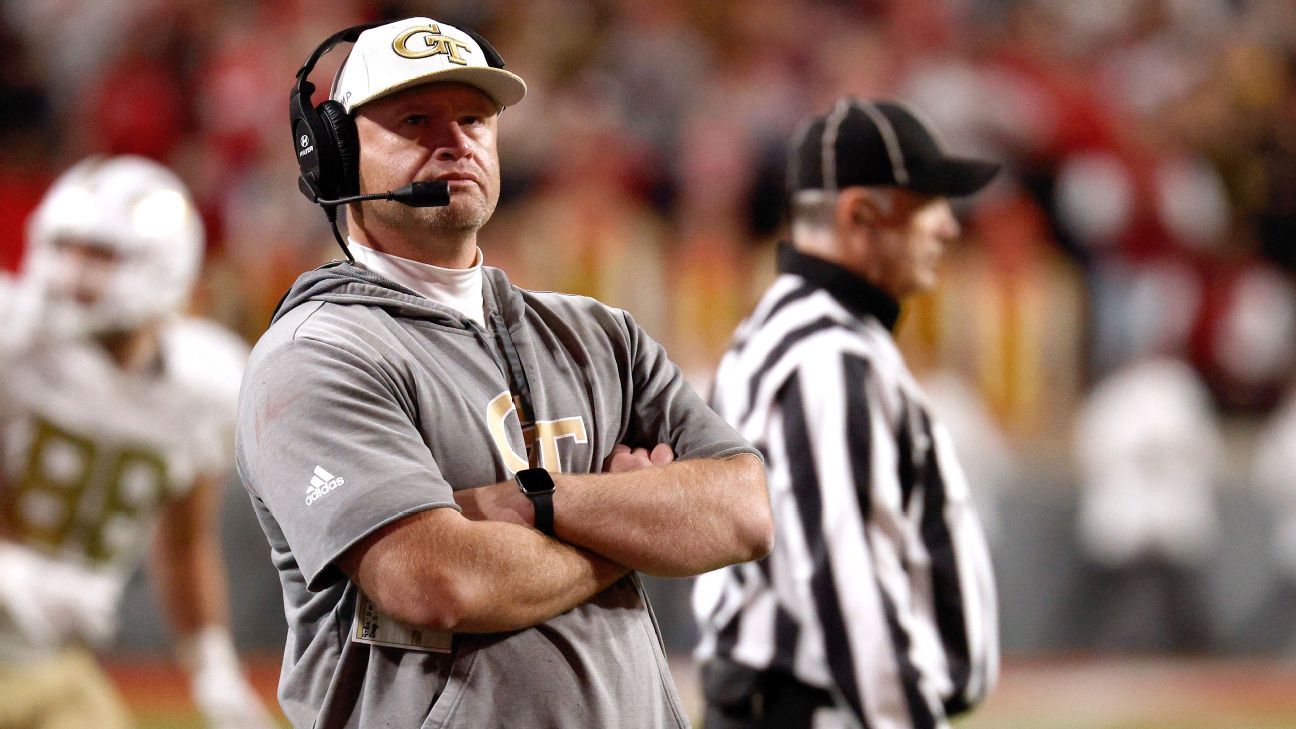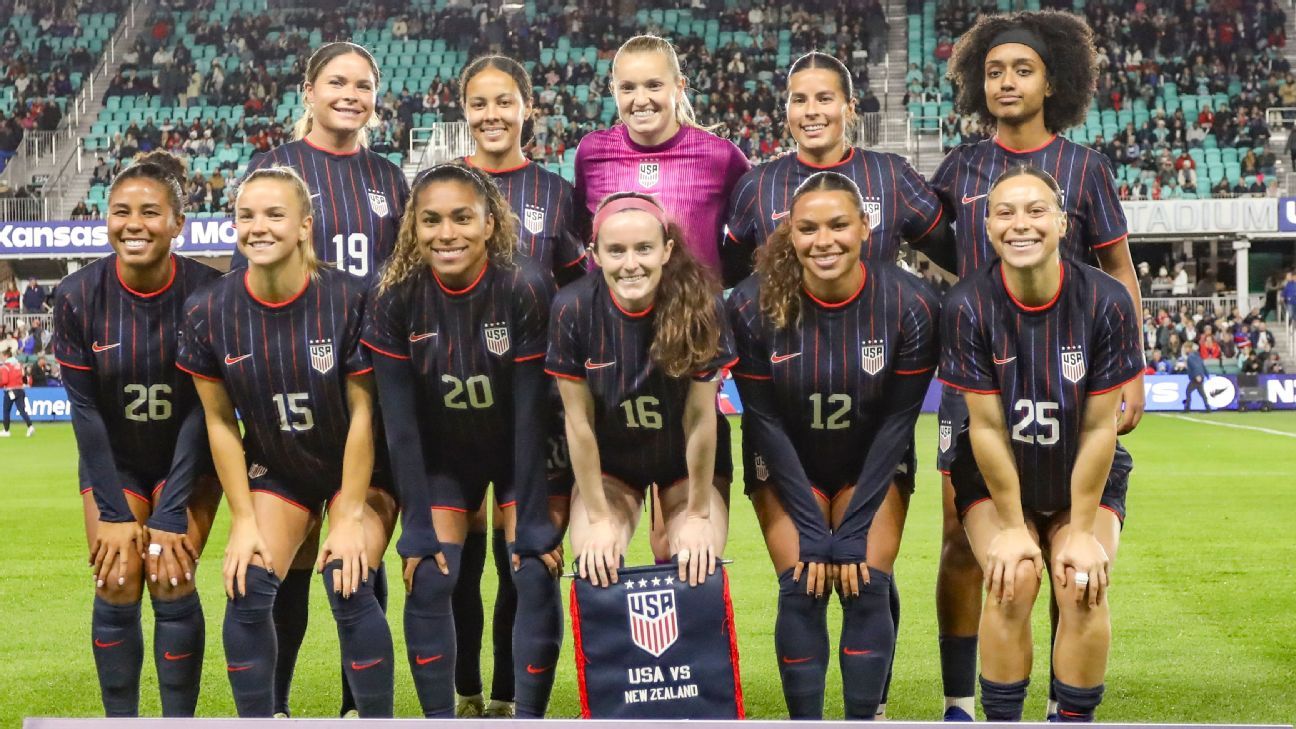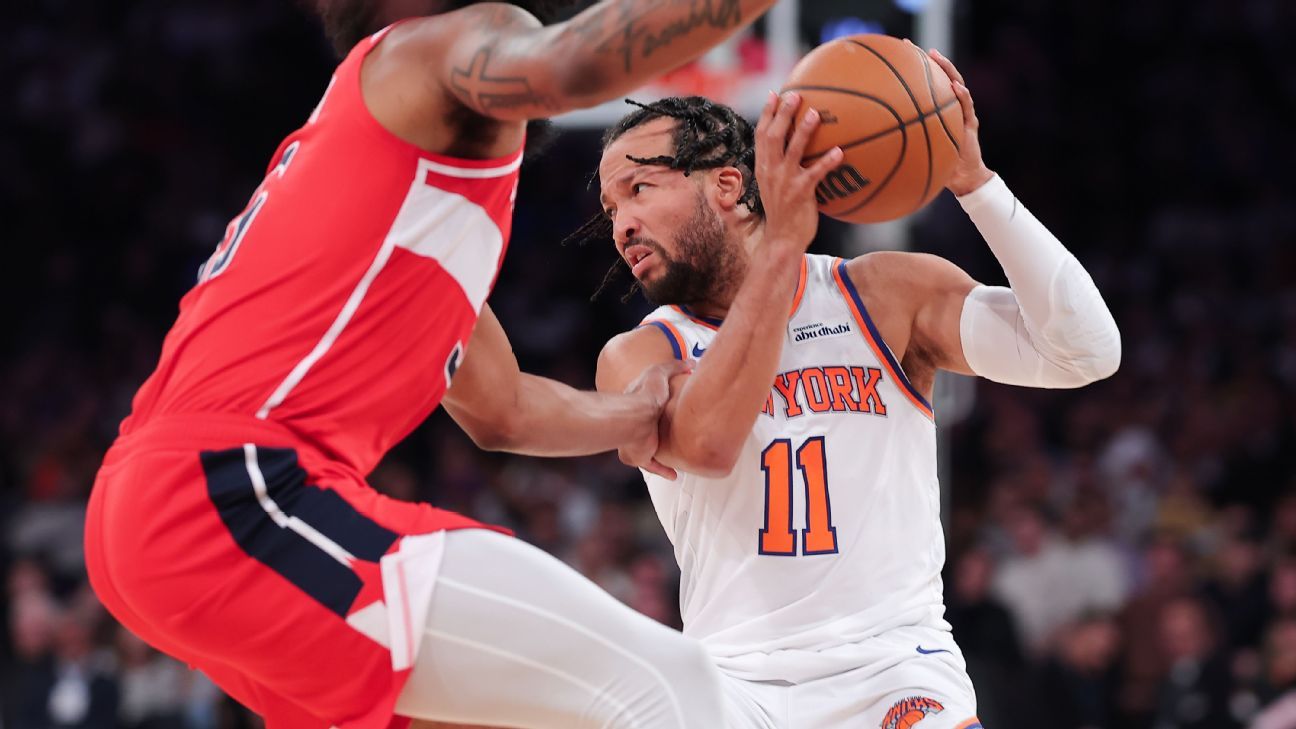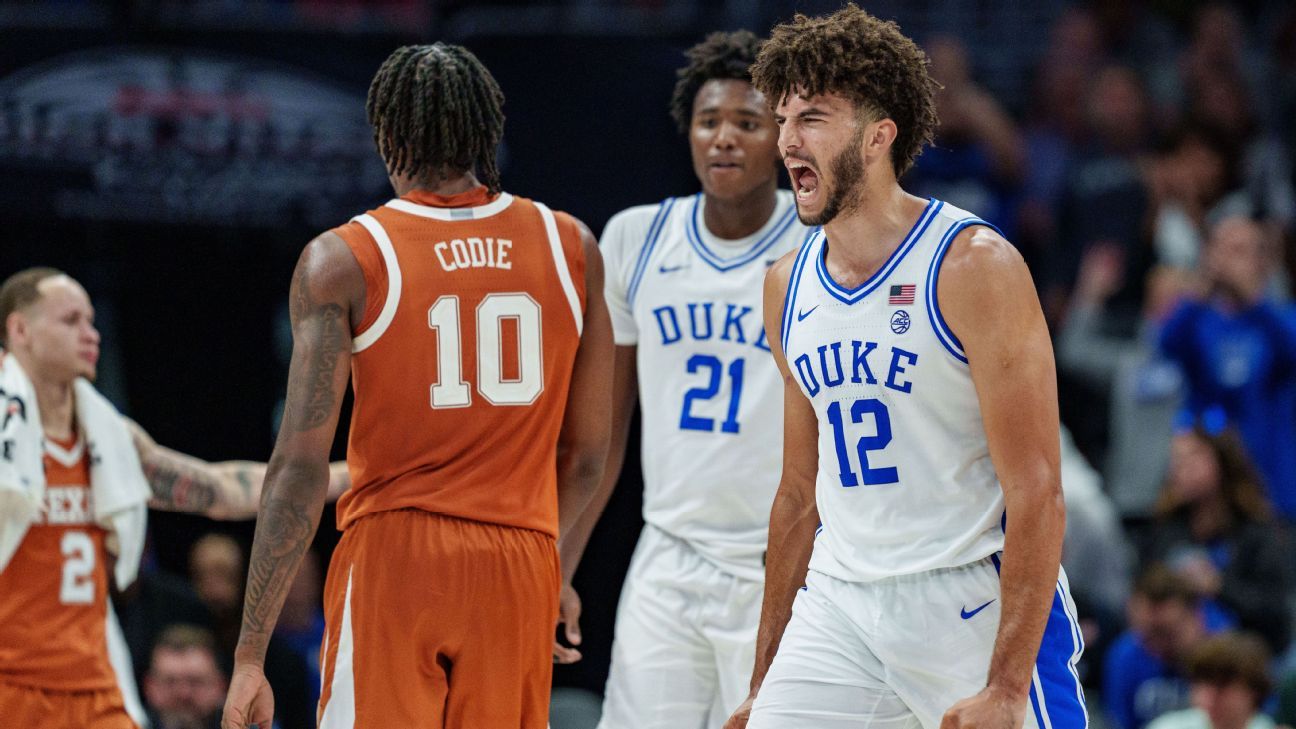
Charlie CremeNov 5, 2025, 08:00 AM ET
- Charlie Creme projects the women's NCAA tournament bracket for ESPN.com.
A year ago, women's college basketball tipped off after a turbulent offseason. Conference realignment had changed the landscape across the country, tearing apart rivalries (and the Pac-12), and the quad system was being implemented. This offseason was a comparatively quiet time in women's college hoops.
That changed Monday with the start of the 2025-26 season. The focus returned to the court, and everything that happens from this point forward has a direct impact on the NCAA tournament status of each team in the country. Bracketology will cover the shifting tides of the tournament field all season long, with weekly updates beginning Tuesday. Once January hits, we'll project the 68-team field twice a week through the end of the regular season.
But before things get rolling too quickly, let's take a look at some of the questions that will impact the bracket from now through Selection Sunday on March 15.

How will the Big Ten fare in nonconference play?
ESPN's preseason Bracketology projection included 13 Big Ten teams. That would break the record for teams from one conference to make the NCAA tournament, which the Big Ten set last season with 12. Four of those 13 -- Nebraska, Oregon, Illinois and Minnesota -- are 9-seeds or lower. That means getting in 13 is far from automatic.
With the attrition that naturally comes from playing each other during the league season, these teams will have to accomplish something before conference play opens. That makes the performance of Big Ten teams in November and December paramount if they are going to hit that record number. A good nonconference showing would boost the individual profiles of teams such as the Ducks and Gophers and the collective NET rankings and strengths of schedule for every team in the Big Ten once they begin playing each other. A Michigan win over Notre Dame or UConn, for instance, would add to the Wolverines' résumé, which also would make an Illinois win over the Wolverines on Jan. 15 that much more impressive.
The Big Ten is deep. How that depth translates into NCAA tournament bids will be determined in the next two months.
Who will step up for South Carolina?
Chloe Kitts' season-ending knee injury leaves a hole in South Carolina's starting lineup. It also leaves coach Dawn Staley's depth in the frontcourt thin. In South Carolina's two exhibition games, Staley went with a three-guard lineup of Ta'Niya Latson, Tessa Johnson and Raven Johnson, with 6-foot-3 sophomore Joyce Edwards and 6-6 senior and Mississippi State transfer Madina Okot providing the size. That's a formidable starting five and the reason the Gamecocks remain a Final Four favorite.
The concern is that the only two frontcourt reserves -- 6-4 senior Maryam Dauda and 6-5 sophomore Adhel Tac -- combined to average just 10.2 minutes per game a season ago. The best South Carolina teams of the recent past were dominant and intimidating on the inside. Unless Staley cultivates bigger roles for players who haven't filled them before, this will be a more guard-oriented team.
With Latson leading the way -- she scored 20 points in Monday's season opener -- that might be enough to get to Phoenix and the Final Four. Edwards could also become a star. But Okot's production -- she scored 12 points on 4-of-5 shooting and had four rebounds in 17 minutes Monday -- might be the biggest key to making up for what was lost with Kitts (10.2 PPG, 7.7 RPG) and keeping South Carolina a No. 1 seed in March.
1:23
Ta'Niya Latson talks senior season goal, No. 2 South Carolina's 40-point win
Latson discusses the Gamecocks' three-headed monster on the perimeter including her ability to score and facilitate while making her national title intentions clear.
What does USC look like without Watkins?
Not only is JuJu Watkins out for the season as she recovers from a knee injury suffered in the 2025 NCAA tournament, but six of the seven players in last season's rotation also will not be suiting up for USC this season. Sophomore Kennedy Smith is the only returner who averaged more than 13 minutes per game. This is essentially a brand-new team.
The talent is there, with two highly regarded transfers in Kara Dunn and Londynn Jones, and freshman Jazzy Davidson, who some have called nearly as transformative as Watkins. But with so many unknowns and new faces, USC is the most mysterious team in the AP Top 25.
The pendulum could swing big in either direction: The Trojans could push UCLA at the top of the Big Ten and contend for a top-four seed, or they could find themselves fighting through a challenging nonconference schedule and the gauntlet of the Big Ten only to be closer to a team on the bubble than one hosting NCAA tournament games.
How does the SEC race impact the top two seed lines?
No conference in the country is as good at the top as the SEC. Five of the league's 16 teams landed on the top two seed lines in preseason Bracketology. Two -- South Carolina and Texas -- are No. 1 seeds. The foundation of the NCAA tournament field might be built on how the SEC standings look come March.
The key will be whether Oklahoma and Tennessee, which are each projected as No. 2 seeds, can upset either the Gamecocks or Longhorns. South Carolina visits Norman on Jan. 22. Tennessee hosts Texas on Feb. 15. A loss in either game would tighten the SEC standings but not hurt the résumés of South Carolina or Texas as much as it would help the Sooners and Lady Vols. That is the type of scenario that would help the SEC dominate the No. 1 and No. 2 seeds.
1:59
Tennessee Lady Volunteers vs. NC State Wolfpack: Game Highlights
Tennessee Lady Volunteers vs. NC State Wolfpack: Game Highlights
What mid-majors will emerge as at-large candidates?
Since the Ivy League has produced multiple bids each of the past two seasons, let's start there. Princeton and Columbia are each in position to make the NCAA tournament as at-large bid. That would likely require them to be first and second in the league standings and then meet in the Ivy Madness final.
The Missouri Valley race between Murray State and Belmont could also produce multiple bids. The Bruins play Tennessee, Kentucky, Princeton and Duke in the nonconference. If they can win one of those games, and if the Racers win the conference tournament, the MVC could have two NCAA tournament teams for the first time since 2021.
Richmond is the big favorite in the Atlantic 10, but George Mason poses a threat to the top spot and also looks NCAA tournament-worthy.





